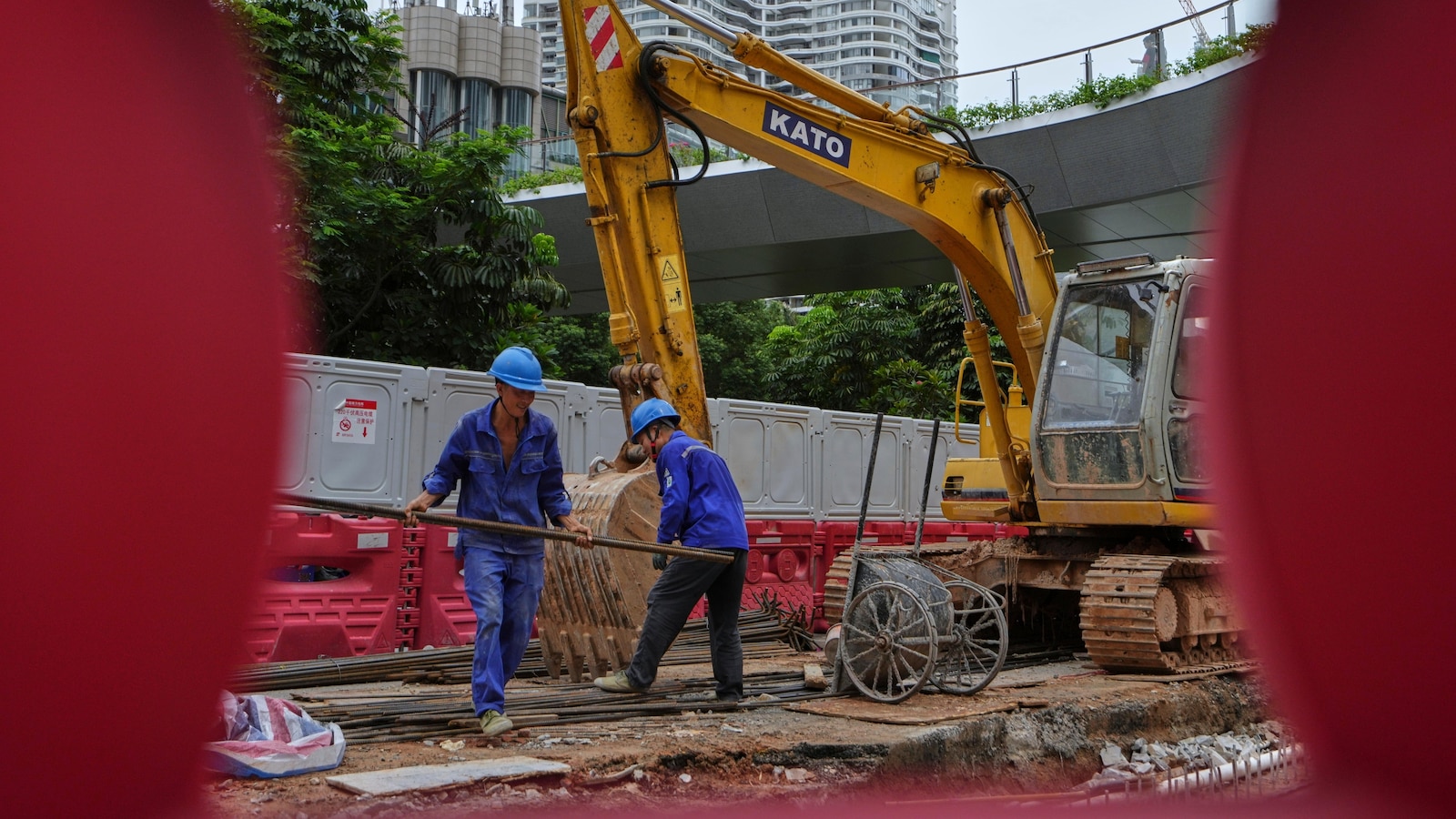China's Factories Are Struggling: Is a Trade War Sabotaging the Economy?

Are we witnessing the slow unraveling of China's industrial power? China's factory activity has plummeted for the sixth consecutive month, marking the longest decline since 2019. This alarming trend signals more than just numbers; it echoes the struggles of millions of workers and the fragile state of global trade.
According to the official manufacturing purchasing managers index (PMI), factory activity dipped slightly to 49.8 in September from 49.4 in August. While this number may seem marginally better, it's crucial to understand that any PMI reading under 50 indicates contraction. Meanwhile, a private sector PMI survey from RatingDog painted a slightly brighter picture, with a rise to 51.2 from 50.5, suggesting that some companies are still managing to thrive amid the chaos.
This mixed bag of data reveals a deep-rooted issue: sluggish domestic demand combined with the pressures of ongoing trade tensions with the United States. Stephen Innes from SPI Asset Management hit the nail on the head, describing the situation as a “car with one cylinder firing while another misfires.” It's a metaphor that resonates – factories may be moving goods, but they’re doing so at razor-thin margins, much like street vendors slashing prices just to keep the customers coming back.
Despite these challenges, there are glimmers of hope. Huo Lihui, the chief statistician from the National Bureau of Statistics, suggested that the economy is beginning to gain momentum, albeit slowly. Yet, it’s hard to ignore the backdrop of a property slump, rising unemployment, and weak consumer spending painting a gloomy picture.
The roots of this messy situation stretch back to trade friction with the U.S., ignited when the Trump administration took office. Although there have been brief moments of optimism, such as a recent phone call between Trump and Chinese leader Xi Jinping, the path toward a substantial trade agreement remains fraught with complications, particularly with the highly publicized TikTok ownership issue.
As we look ahead, some economists are pinning their hopes on a potential rate cut by China's central bank before the year ends. This could provide a much-needed jolt to consumer spending and investment, but with the Federal Reserve's recent decisions in play, uncertainty still lingers. The stakes are high as both nations navigate these turbulent waters, and the consequences could ripple across the global economy.


























